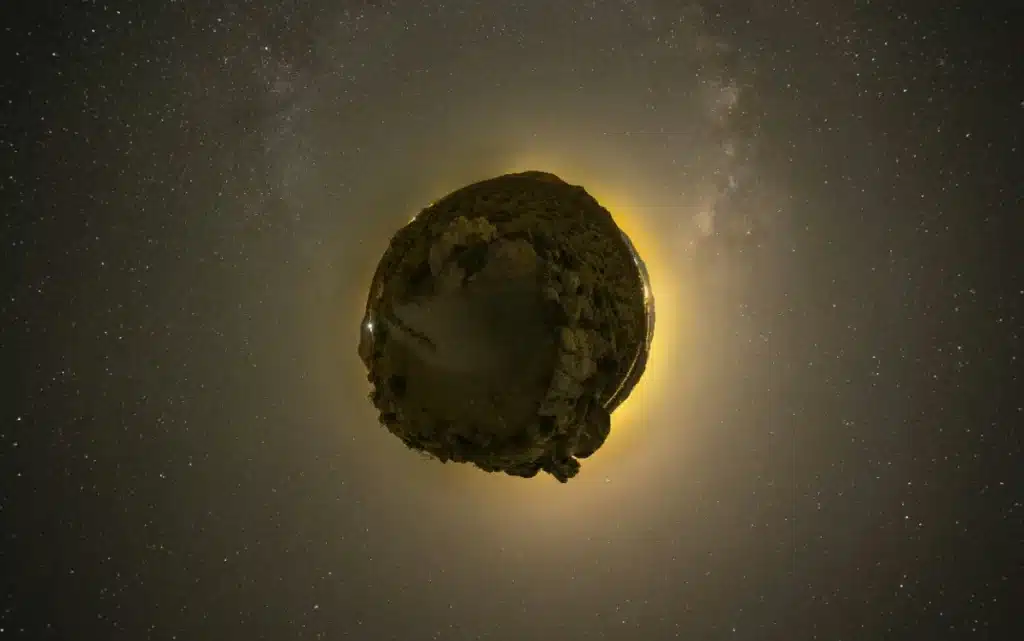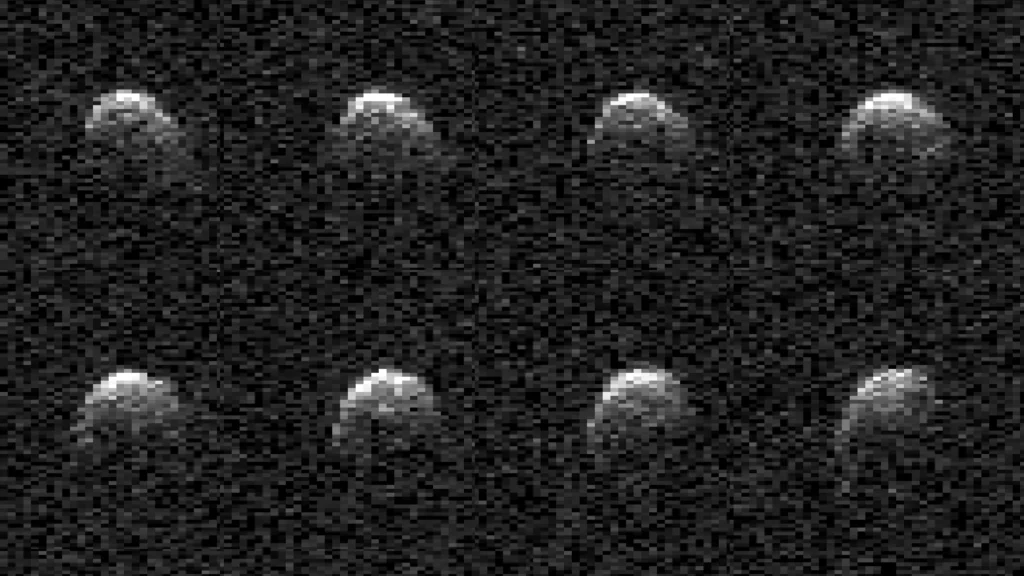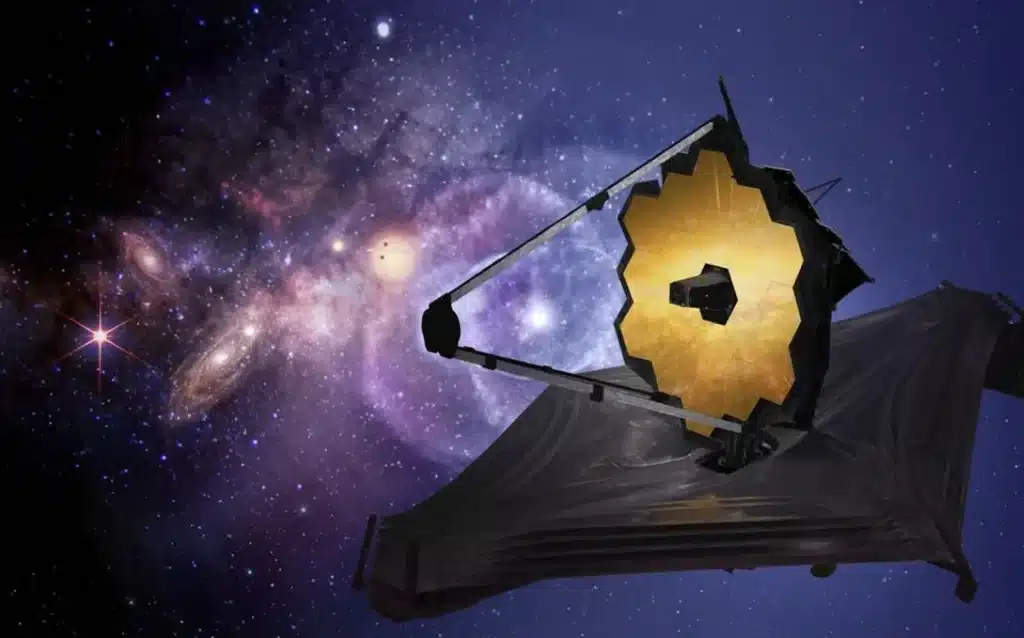NASA managed to take pictures of the 1,640ft asteroid that flew past Earth
- NASA took several photographs of a large asteroid that flew relatively close to Earth
- The asteroid is anywhere between 200 and 500 meters across
- According to scientists, the chances of a large enough asteroid to hit Earth are close to zero for the next 1,000 years
Published on Feb 28, 2024 at 7:30 PM (UTC+4)
by Alessandro Renesis
Last updated on Feb 28, 2024 at 11:28 PM (UTC+4)
Edited by
Adam Gray
A few months ago, NASA detected a massive asteroid and it predicted said asteroid would ‘fly’ past Earth in February 2024.
And now that it has, the US space agency has taken several pictures of the asteroid.

READ MORE: NASA releases International Space Station space walk footage
Dubbed 2008 OS7, the rocky asteroid is around 200-500 meters (450-1640 ft) across and it passed 1.8 million miles – or 2.9 million kilometers – from Earth.
That’s roughly 7.5 times the distance between Earth and the Moon.
It sounds like a lot but in space terms, that’s nothing, especially when you remember the Kuiper Belt, which is 4.6 billion miles away, is considered relatively close to us.
So an asteroid 1.8 million miles away? That’s like having a large rock the size of a car fall a few meters from us.

The good news is NASA made it clear the asteroid (pictured above) posed no danger to us.
“There was no risk of the asteroid called 2008 OS7 impacting our planet, but scientists at NASA’s Jet Propulsion Laboratory in Southern California used a powerful radio antenna to better determine the size, rotation, shape, and surface details of this near-Earth object (NEO),” NASA wrote in a statement.
Amazingly, pictures of the asteroid were taken from Earth, using a giant 70-meter radar called the Goldstone Solar System Radar, which is located in the California desert.
For once, we didn’t need to employ the ultra-powerful and sophisticated James Webb Telescope.

Scientists agree that even though the solar system is still full of asteroids, our galaxy is a bit less ‘crowded’ these days.
It used to be a lot more chaotic back when, a few billion years ago, the Solar System was born.
Astronomers regularly monitor asteroid activity, and they’ve also discovered at least 500 asteroids that are large enough to cause regional destruction in the vicinity, by which they mean millions of miles away.
However, they’ve concluded that the likelihood of an impact from a ‘planet-killer’ asteroid in the next century is zero, and still remains very low even if we consider the next milenium.
DISCOVER SBX CARS: The global premium car auction platform powered by Supercar Blondie




